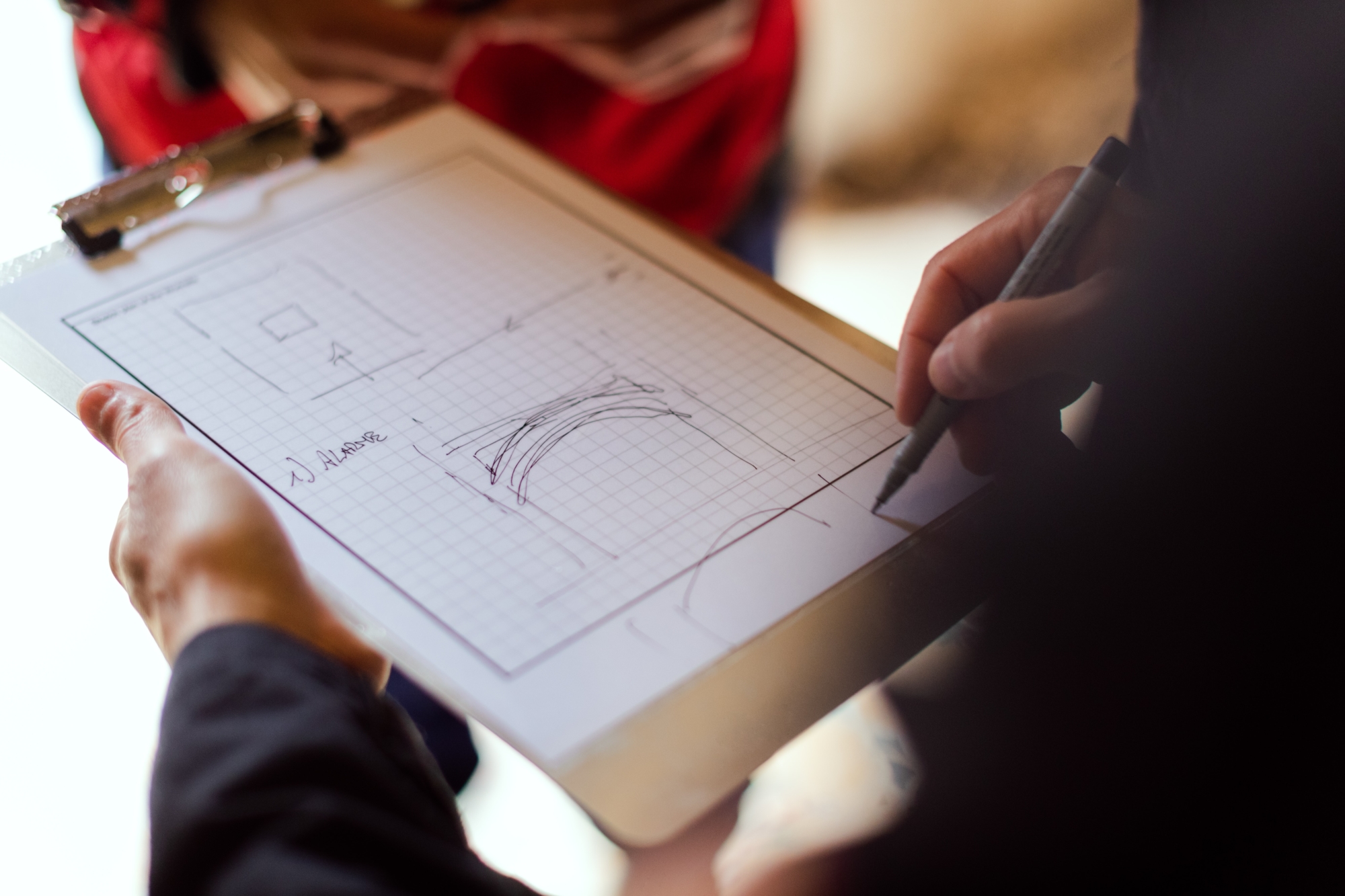So you want some of that new and beautiful signage in your installations, don’t you?
And maybe it’s something so simple that a sign survey won’t be needed?
First, consideer the following:
From starters, the sign you installed in all the other sites won’t fit. It’s just too big. You’re going to need to make a custom sized one. And that’s not all, the wall is curved. It’s so curved that you need either a curved structure or a curved sign. But there’s already a sign in there. And if you try to remove that sign, the paint is coming too. And it’s not any paint at that! The whole wall will need making good. Which won’t be easy, due to its height. And you can’t use any elevation machinery in there, since the town hall will require a street occupancy permit for it. All of a sudden, a single sign that was perfectly clear in the initial project has become a project on its own!
This is all a common occurrence, avoidable or not depending on the project. But if it’s something, it’s identifiable, and that’s the value of a sign survey.
A technical signage survey consists in identifying all the particularities of a given site, with the taking of measures, photos and the recognition of the surfaces and the existing elements. This is done by a technician specialized in signage who visits the site, drafting a report with all the relevant info to be provided to the client.
There are various secrets to a successful survey:
-
Going prepared is vital. Having a site plan will allow the surveyor to pinpoint the location of all elements in a methodized manner, which will help make the project clearer.
-
Local knowledge avoids many issues. Knowing the local legislation regarding signage and construction works will ward off many possible frustrations come the installation day.
-
Photos, photos and more photos. Photographs are the most time-efficient way of showcasing a site, and as such they should be taken aggressively. Missing one angle or one important detail due to being cheap on photos can become expensive.
-
The better defined the survey is, the more efficient and quicker it’ll be. Having a project to work on or knowing how signage has been applied to other buildings will allow the surveyor to go right to the matter, focusing on what’s important and losing less time on what’s not. This mean having a report on your hands earlier.
-
A report must be orderly and readable. Clear language, a systematic composition, a correct pairing of information with pictures. A good survey template will help, but the tidiness and method of the surveyor will always be the ultimate factor.
-
Don’t be afraid to ask questions! If you receive a survey report, read it critically and make as many inquiries as there need to be. The surveyor will have fresh knowledge, and their job isn’t done until the project is realized.



